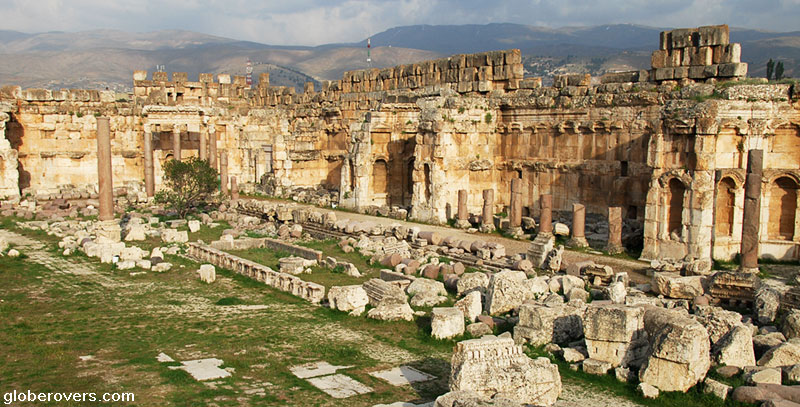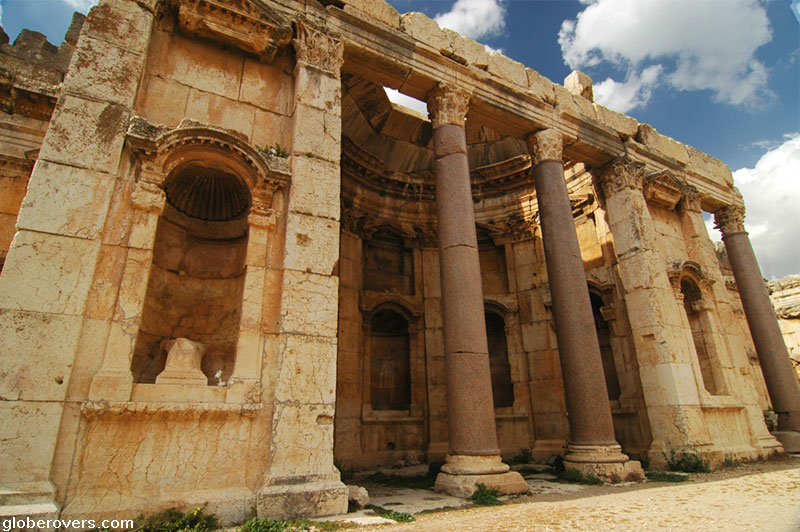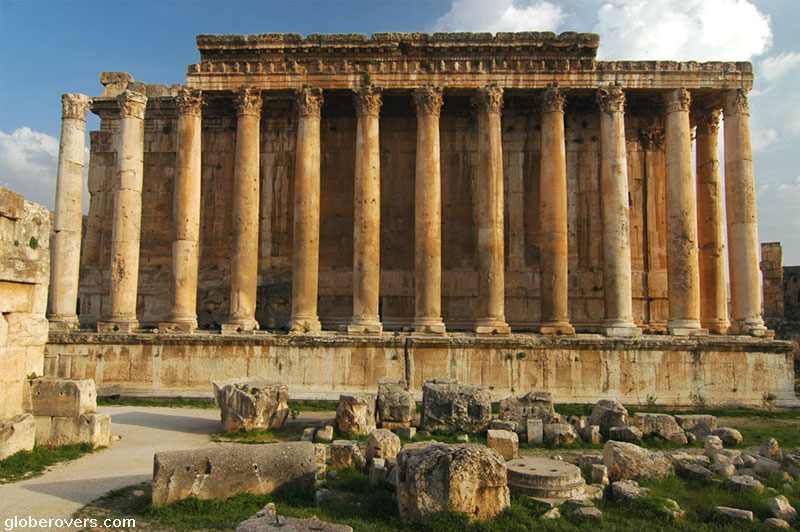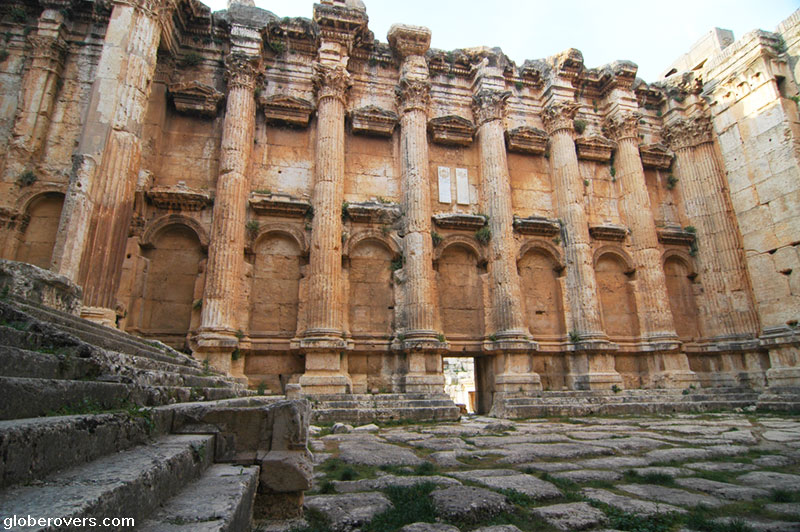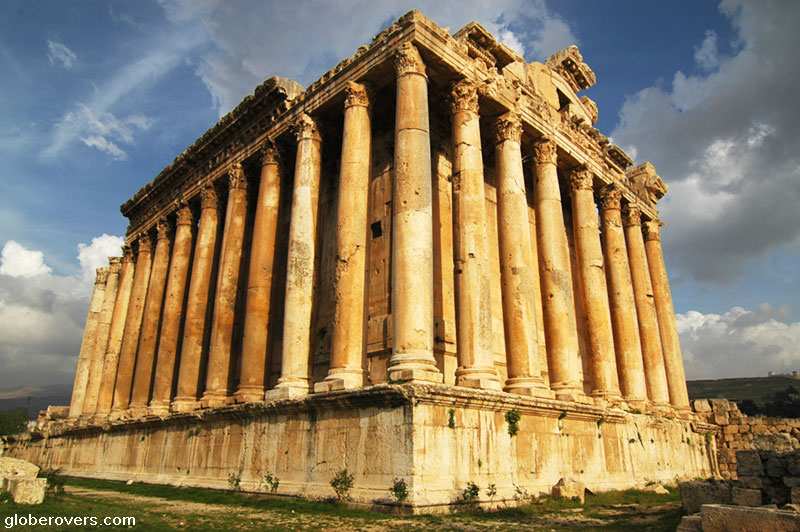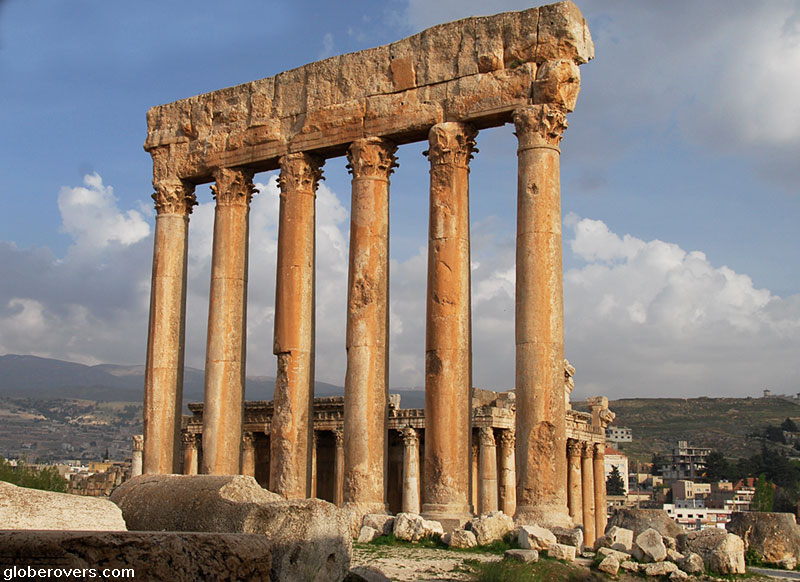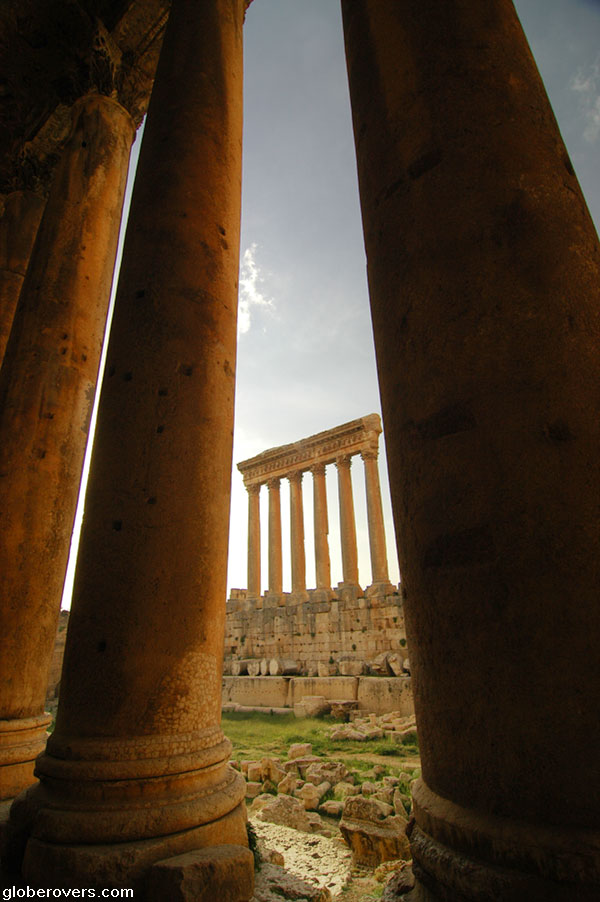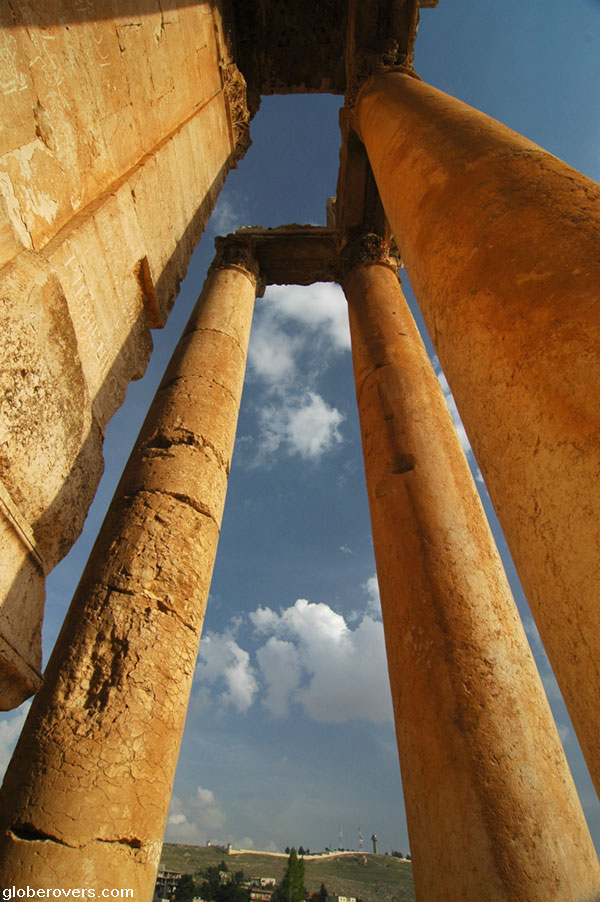
Baalbek is unquestionably one of the most spectacular archaeological sites in all of the Middle East. It was built and expanded by the Phoenicians, the Romans, and other civilisations that have conquered the region and lived in the fertile Bekaa Valley.
The name “baalbek” is formed from two words: Baal, the Semitic lord of the gods and precursor to Zeus and Jupiter; and nebek, the Aramaeic word for sources. The ancient Romans and Greeks knew it by its Greek name: ‘Heliopolis” which means “city of the sun”.
According to archaeologists, Baalbek was first occupied around 10,000 BC as one of many tells (the Arabic for mounds) in the Bekaa Valley, which is scattered with prehistoric and Neolithic settlements.
Baalbek is nowadays a lot more than the ancient ruins. It is a modern city where more than 80,000 people live and work and is also a stronghold of Hezbollah, the Shiite Muslim political party and militant group.
Some of the most celebrated temples of Baalbek, a Unesco World Heritage Site, are the Temple of Bacchus (the Greek god of wine), the Temple of Jupiter (the Roman god of light, of the sky and weather), Temple of Mercury and the Temple of Venus. These Roman temples were erected from limestone between the second and third century and served as a large religious complex built on top of a much older Greek temple.
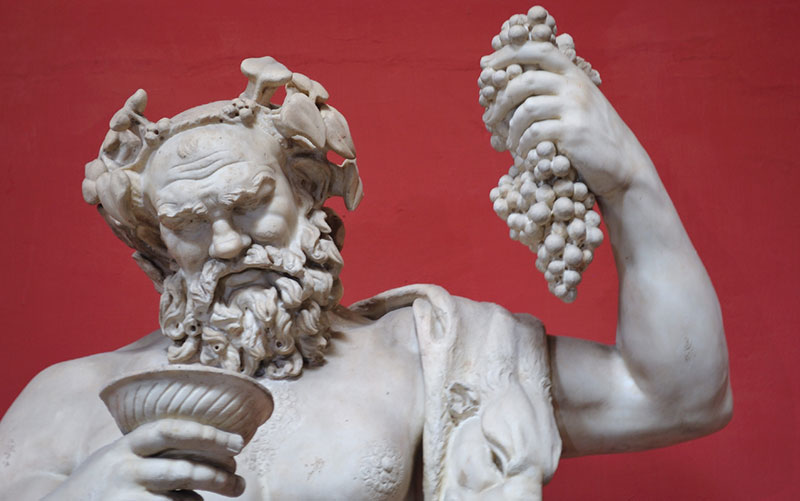
The Temple of Bacchus is one of the best-preserved and grandest Roman temple ruins. While the exact dates of construction are unknown, it likely dates back to the late 2nd or early 3rd century B.C. It stands at 31 metres tall.
The Temple of Jupiter is a colossal Roman temple, the largest of the Roman world. Construction probably began around 16 BC. The columns were 30 metres high with a diameter of nearly 2.5 metres which were the biggest in the classical world. However, all that is left today of the temple is the six columns that remain standing along its south side.
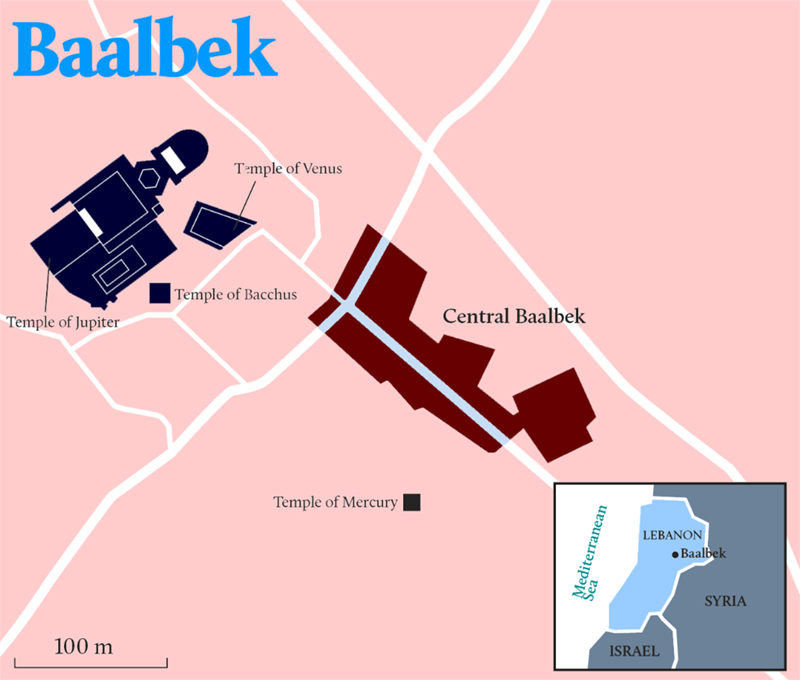
Start your discovery of Baalbek at the “Stone of the Pregnant Woman,” which lies in an ancient quarry. This stone weighs an estimated 1,200 tons—equivalent to three Boeing 747s. It is the largest hewn stone yet discovered on our planet! At the Temple of Jupiter lie three smaller hewn stones known together as the “Baalbek trilithon.” Each is estimated to weigh over 750 tons. These stones may have been too heavy to move to their intended positions and so were left where they were cut. 🙂
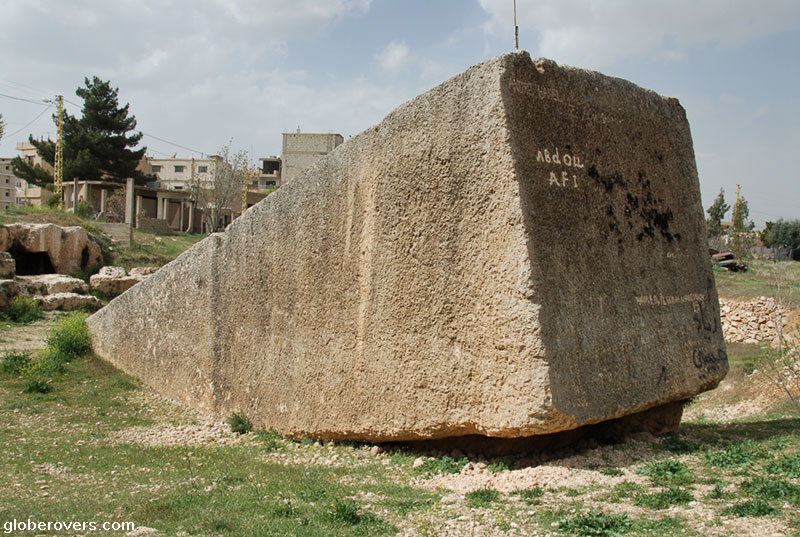
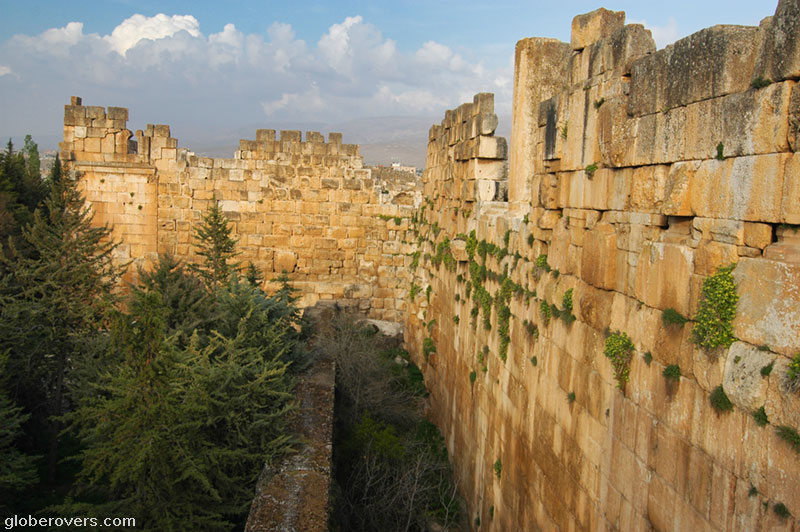
☛ Read more: Blog posts of Ancient Ruins
View GlobeRovers Magazines



Blog post and photos by Peter who has been travelling almost full-time since 2005 and has been to over 122 countries. He visited several countries, such as Japan, more than 20 times. Peter is Editor-in-Chief and Publisher of GlobeRovers Magazine, an independent travel magazine focused on intrepid destinations.

